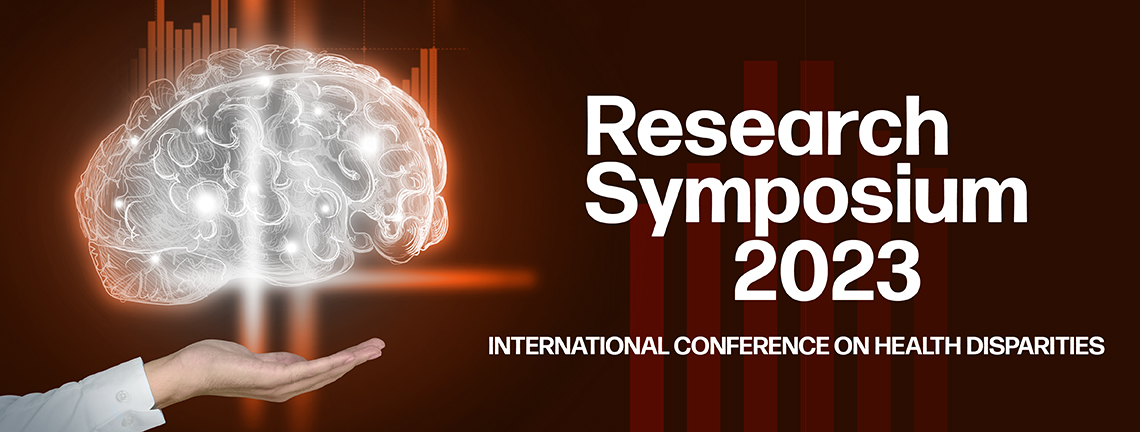
Posters
Presentation Type
Poster
Discipline Track
Translational Science
Abstract Type
Research/Clinical
Abstract
Background: Currently, many different techniques exist for the surgical repair of peripheral nerves. The degree of injury dictates the repair and, depending on the defect or injury of the peripheral nerve, plastic surgeons can perform nerve repairs, grafts, and transfers. All the previously listed techniques are routinely performed in human patients, but a novel addition to these peripheral nerve surgeries involves concomitant fat grafting to the repair site at the time of surgery. Fat grafting provides adipose-derived stem cells (ADSCs) to the injury site. Though fat grafting is performed as an adjunct to some peripheral nerve surgeries, there is no clear evidence as to which procedures have improved outcomes resultant from concomitant fat grafting. This review explores the evidence presented in various animal studies regarding outcomes of fat grafting at the time of various types of peripheral nerve surgery.
Methods: A literature search was performed with key words including “fat grafting,” “adipose derived stem cells,” “animal research,” and “peripheral nerve surgery.” An additional requirement for the studies was that they evaluated functional outcomes. Participant number and outcome evaluation of animal nerve repair surgeries, nerve grafting studies, tissue engineered nerve graft studies, and nerve transfer studies were inserted into tables for study comparison.
Results: Animal experiments demonstrate that various types of peripheral nerve surgeries have the potential to benefit from the addition of ADSCs during surgery. ADSCs have proven beneficial for nerve regeneration on multiple levels, including by secreting growth factors and by morphing into Schwann-like cells, which can modulate genes in a way that facilitates peripheral nerve healing. Current literature on animal peripheral nerve surgery with an addition of fat grafting includes studies on nerve repair. nerve grafting, nerve grafting with tissue engineered nerve grafts, and nerve transfers.
Conclusion: Very few of the existing studies evaluate the functional outcomes of adipose derived stem cell addition to peripheral nerve studies, as seen in this review. One of the reasons that animal studies are so useful is due to their ability to correlate histological and functional outcomes, which is not ethical in many cases in human studies. Future studies should consider evaluating functional outcomes so that meaningful applications could be more easily extracted in relation to physiological effects.
Recommended Citation
Podsednik Gardner, Allison; Cabrejo, Raysa; and Rosen, Joseph, "Adipose Stem Cells as an Adjunct to Peripheral Nerve Surgery" (2024). Research Symposium. 96.
https://scholarworks.utrgv.edu/somrs/2023/posters/96
Included in
Adipose Stem Cells as an Adjunct to Peripheral Nerve Surgery
Background: Currently, many different techniques exist for the surgical repair of peripheral nerves. The degree of injury dictates the repair and, depending on the defect or injury of the peripheral nerve, plastic surgeons can perform nerve repairs, grafts, and transfers. All the previously listed techniques are routinely performed in human patients, but a novel addition to these peripheral nerve surgeries involves concomitant fat grafting to the repair site at the time of surgery. Fat grafting provides adipose-derived stem cells (ADSCs) to the injury site. Though fat grafting is performed as an adjunct to some peripheral nerve surgeries, there is no clear evidence as to which procedures have improved outcomes resultant from concomitant fat grafting. This review explores the evidence presented in various animal studies regarding outcomes of fat grafting at the time of various types of peripheral nerve surgery.
Methods: A literature search was performed with key words including “fat grafting,” “adipose derived stem cells,” “animal research,” and “peripheral nerve surgery.” An additional requirement for the studies was that they evaluated functional outcomes. Participant number and outcome evaluation of animal nerve repair surgeries, nerve grafting studies, tissue engineered nerve graft studies, and nerve transfer studies were inserted into tables for study comparison.
Results: Animal experiments demonstrate that various types of peripheral nerve surgeries have the potential to benefit from the addition of ADSCs during surgery. ADSCs have proven beneficial for nerve regeneration on multiple levels, including by secreting growth factors and by morphing into Schwann-like cells, which can modulate genes in a way that facilitates peripheral nerve healing. Current literature on animal peripheral nerve surgery with an addition of fat grafting includes studies on nerve repair. nerve grafting, nerve grafting with tissue engineered nerve grafts, and nerve transfers.
Conclusion: Very few of the existing studies evaluate the functional outcomes of adipose derived stem cell addition to peripheral nerve studies, as seen in this review. One of the reasons that animal studies are so useful is due to their ability to correlate histological and functional outcomes, which is not ethical in many cases in human studies. Future studies should consider evaluating functional outcomes so that meaningful applications could be more easily extracted in relation to physiological effects.

